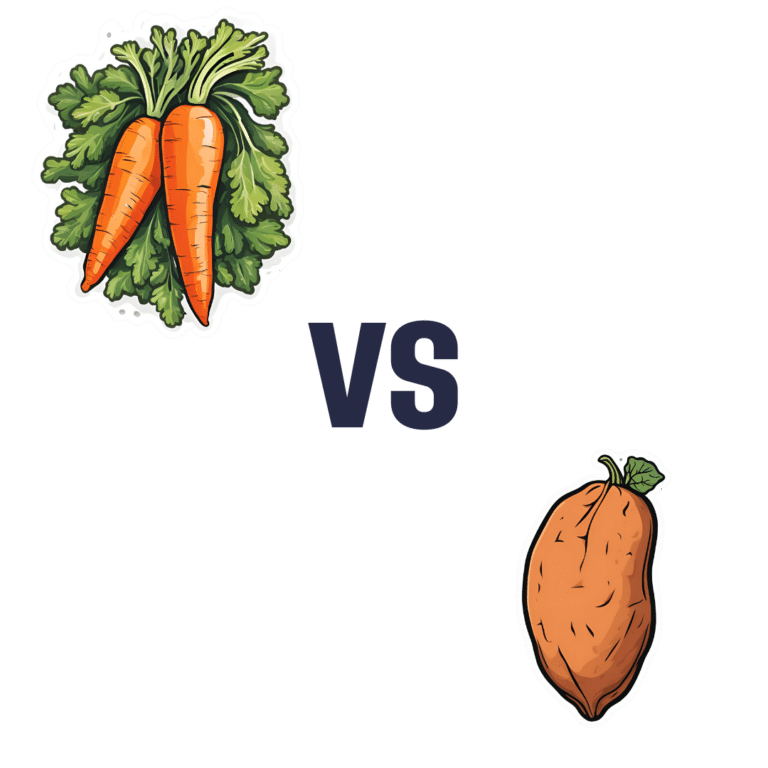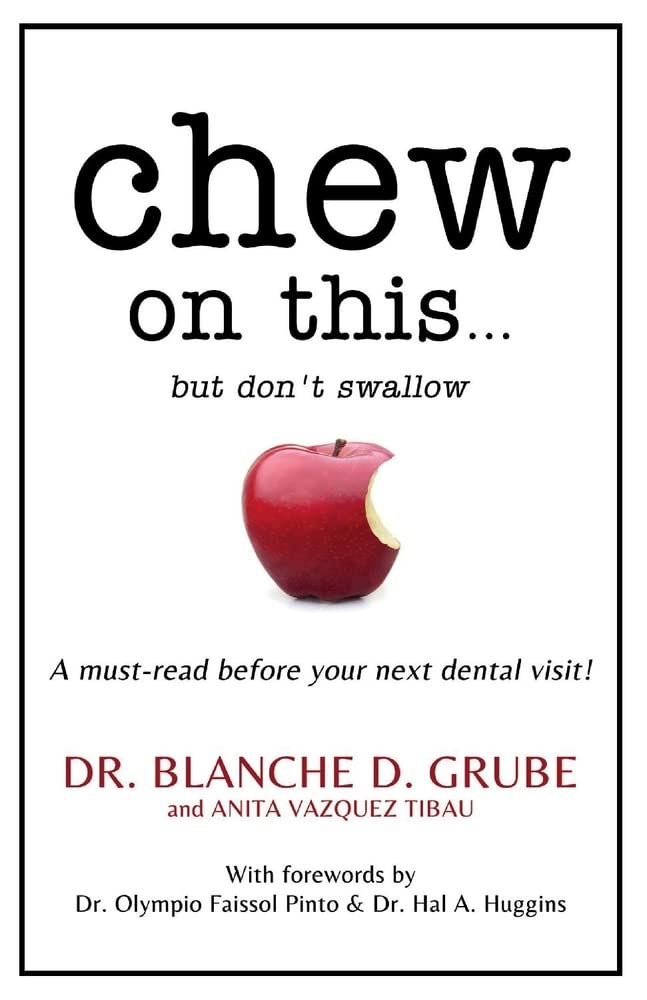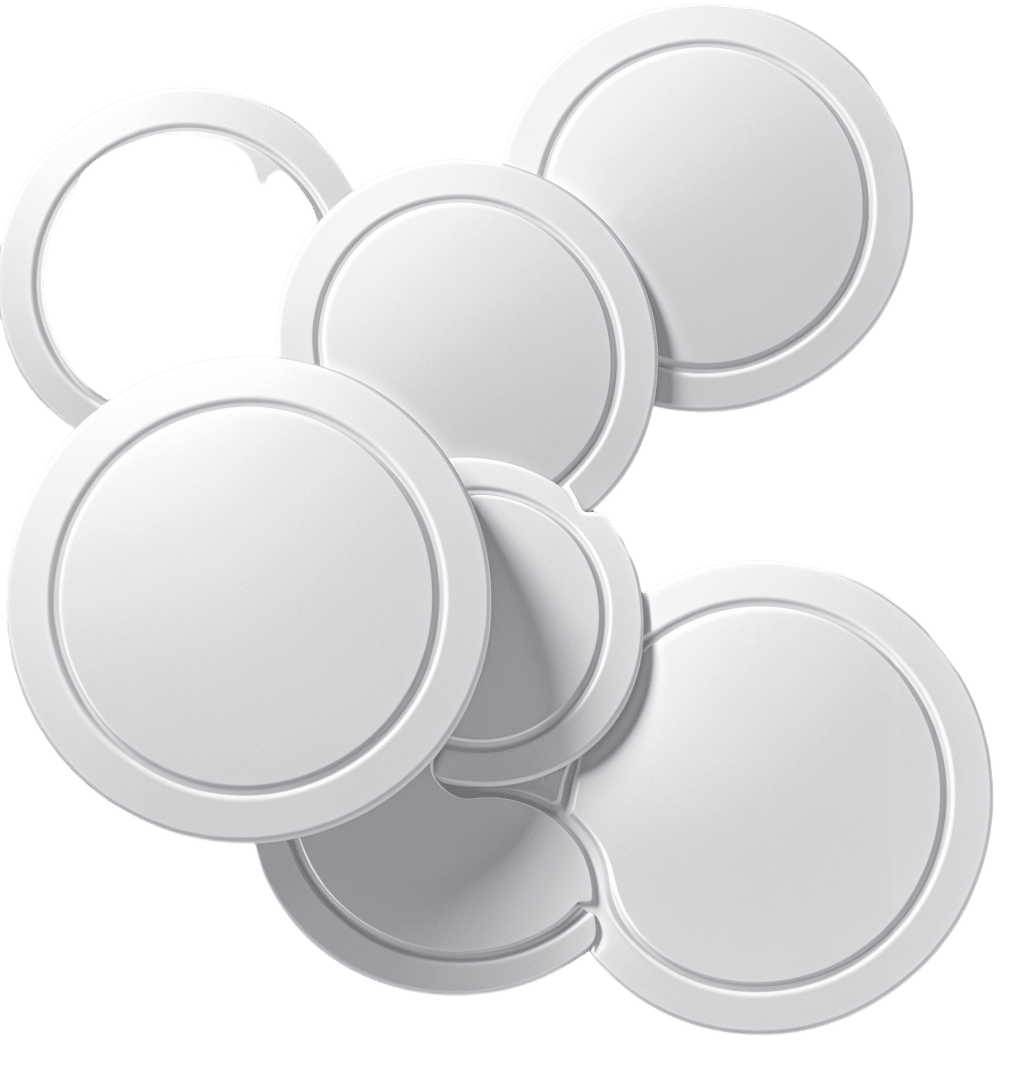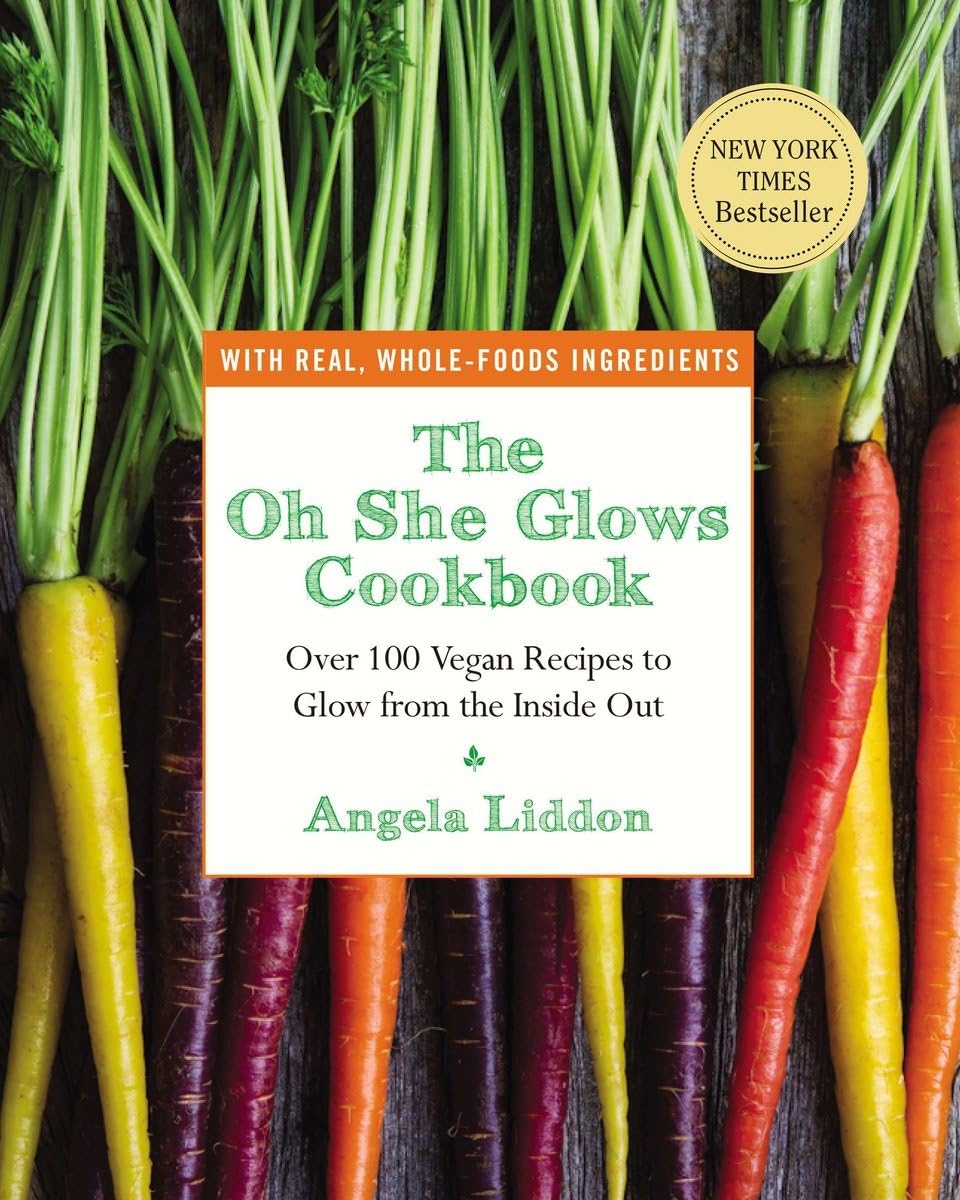
Greek Yogurt vs Cottage Cheese – Which is Healthier?
10almonds is reader-supported. We may, at no cost to you, receive a portion of sales if you purchase a product through a link in this article.
Our Verdict
When comparing Greek yogurt to cottage cheese, we picked the yogurt.
Why?
These are both dairy products popularly considered healthy, mostly for their high-protein, low-carb, low-fat profile. We’re going to assume that both were made without added sugars. Thus, their macro profiles are close to identical, and nothing between them there.
In the category of vitamins, both are a good source of some B vitamins, and neither are good source of much else. The B-vitamins they have most of, B2 and B12, Greek yogurt has more.
We’ll call this a small win for Greek yogurt.
As they are dairy products, you might have expected them to contain vitamin D—however (unless they have been artificially fortified, as is usually done with plant-based equivalents) they contain none or trace amounts only.
When it comes to minerals, both are reasonable sources of calcium, selenium, and phosphorus. Of these, they’re equal on the selenium, while cottage cheese has more phosphorus and Greek yogurt has more calcium.
Since it’s also a mineral (even if it’s usually one we’re more likely to be trying to get less of), it’s also worth noting here that cottage cheese is quite high in sodium, while Greek yogurt is not.
Another win for Greek yogurt.
Beyond those things, we’d be remiss not to mention that Greek yogurt contains plenty of probiotic bacteria, while cottage cheese does not.
Want to learn more?
You might like to read:
Take care!
Don’t Forget…
Did you arrive here from our newsletter? Don’t forget to return to the email to continue learning!
Recommended
Learn to Age Gracefully
Join the 98k+ American women taking control of their health & aging with our 100% free (and fun!) daily emails:
-
The Exercise That Protects Your Brain
10almonds is reader-supported. We may, at no cost to you, receive a portion of sales if you purchase a product through a link in this article.
The Neuroscientist In The Gym
This is Dr. Wendy Suzuki. She’s a neuroscientist, and an expert in the neurobiology of memory, as well as neuroplasticity, and the role of exercise in neuroprotection.
We’ve sneakily semi-featured her before when we shared her Big Think talk:
Brain Benefits In Three Months… Through Walking?
Today we’re going to expand on that a little!
A Quick Recap
To share the absolute key points of that already fairly streamlined rundown:
- Exercise boosts levels of neurotransmitters such as dopamine and serotonin (and, which wasn’t mentioned there, noradrenaline)
- These are responsible for motivation, happiness, and focus (amongst other things)
- Persistent exercise boosts certain regions of the brain in particular, most notably the pre-frontal cortex and the hippocampi*
- These are responsible for planning and memory (amongst other things)
Dr. Suzuki advocates for stepping up your exercise routine if you can, with more exercise generally being better than less (unless you have some special medical reason why that’s not the case for you).
*often referred to in the singular as the hippocampus, but you have one on each side of your brain (unless a serious accident/incident destroyed one, but you’ll know if that applies to you, unless you lost both, in which case you will not remember about it).
What kind(s) of workout?
While a varied workout is best for overall health, for these brain benefits specifically, what’s most important is that it raises your heart rate.
This is why in her Big Think talk we shared before, she talks about the benefits of taking a brisk walk daily. See also:
If that’s not your thing, though (and/or is for whatever reason an inaccessible form of exercise for you), there is almost certainly some kind of High Intensity Interval Training that is a possibility for you. That might sound intimidating, but if you have a bit of floor and can exercise for one minute at a time, then HIIT is an option for you:
How To Do HIIT (Without Wrecking Your Body)
Dr. Suzuki herself is an ardent fan of “intenSati” which blends cardio workouts with yoga for holistic mind-and-body fitness. In fact, she loves it so much that she became a certified exercise instructor:
How much is enough?
It’s natural to want to know the minimum we can do to get results, but Dr. Suzuki would like us to bear in mind that when it comes to our time spent exercising, it’s not so much an expense of time as an investment in time:
❝Exercise is something that when you spend time on it, it will buy you time when you start to work❞
Read more: A Neuroscientist Experimented on Her Students and Found a Powerful Way to Improve Brain Function
Ok, but we really want to know how much!
Dr. Suzuki recommends at least three to four 30-minute exercise sessions per week.
Note: this adds up to less than the recommended 150 minutes of moderate exercise per week, but high-intensity exercise counts for twice the minutes for these purposes, e.g. 1 minute of high-intensity exercise is worth 2 minutes of moderate exercise.
How soon will we see benefits?
Benefits start immediately, but stack up cumulatively with continued long-term exercise:
❝My lab showed that a single workout can improve your ability to shift and focus attention, and that focus improvement will last for at least two hours. ❞
…which is a great start, but what’s more exciting is…
❝The more you’re working out, the bigger and stronger your hippocampus and prefrontal cortex gets. Why is that important?
Because the prefrontal cortex and the hippocampus are the two areas that are most susceptible to neurodegenerative diseases and normal cognitive decline in aging. ❞
In other words, while improving your heart rate through regular exercise will help prevent neurodegeneration by the usual mechanism of reducing neuroinflammation… It’ll also build the parts of your brain most susceptible to decline, meaning that when/if decline sets in, it’ll take a lot longer to get to a critical level of degradation, because it had more to start with.
Read more:
Inspir Modern Senior Living | Dr. Wendy Suzuki Boosts Brain Health with Exercise
Want more from Dr. Suzuki?
You might enjoy her TED talk:
Click Here If The Embedded Video Doesn’t Load Automatically
Prefer text? TED.com has a transcript for you
Prefer lots of text? You might like her book, which we haven’t reviewed yet but will soon:
Enjoy!
Share This Post
- Exercise boosts levels of neurotransmitters such as dopamine and serotonin (and, which wasn’t mentioned there, noradrenaline)
-
Rest For The Restless (Legs)
10almonds is reader-supported. We may, at no cost to you, receive a portion of sales if you purchase a product through a link in this article.
It’s Q&A Day at 10almonds!
Have a question or a request? We love to hear from you!
In cases where we’ve already covered something, we might link to what we wrote before, but will always be happy to revisit any of our topics again in the future too—there’s always more to say!
As ever: if the question/request can be answered briefly, we’ll do it here in our Q&A Thursday edition. If not, we’ll make a main feature of it shortly afterwards!
So, no question/request too big or small
❝Any tips for dealing with restless legs syndrome?❞
As a neurological disorder (Willis-Ekbom Disease, as it is also called
by almost nobody outside of academia), there’s a lot that’s not known about its pathology, but we do know that looking after one’s nerves can help a lot.This means:
- Avoid alcohol, as this is bad for everything, including nerves
- See also: How To Reduce Or Quit Alcohol
- Don’t smoke, as this is bad for everything, including nerves
- Do exercise those restless legs! It may sound funny, but in seriousness, movement promotes nerve health
- See also: Walking… Better.
- Take care of your blood sugars, because diabetic neuropathy can also cause this
- See also: 10 Ways To Balance Blood Sugars
- Massage your legs, and enjoy a hot bath/shower
You can also take into account the measures recommended for dealing with peripheral neuropathy, e.g:
Peripheral Neuropathy: How To Avoid It, Manage It, Treat It
There are also medication options for RLS; most of them are dopamine agonists, so if you want to try something yourself before going the pharmaceutical route, then things that improve your dopamine levels will probably be a worth checking out. In the category of supplements, you might enjoy:
NALT: The Dopamine Precursor And More
Take care! And… Want something answered here? Send us your questions!
Share This Post
- Avoid alcohol, as this is bad for everything, including nerves
-
How Does Alcohol Cause Blackouts?
10almonds is reader-supported. We may, at no cost to you, receive a portion of sales if you purchase a product through a link in this article.
Sometimes people who have never experienced an alcoholic blackout wonder “is it real, or is it just a convenient excuse to avoid responsibility/embarrassment with regard to things done while drunk?”
In 1969 (so, still in the era of incredibly unethical psychological experiments that ranged from the 50s into the 70s), Dr. Donald Goodwin conducted a study in which intoxicated participants were asked to recall an object they had just seen. Most succeeded initially, but half were unable to remember the object just 30 minutes later, demonstrating alcohol-induced memory blackouts.
But, is it any different from regular forgetting? And the answer is: yes, it is indeed different.
The memories that never got stored
Ethanol, the active compound in alcohol, is lipophilic, enabling it to cross the blood-brain barrier and disrupt brain function. It impairs all kinds of things, including decision-making, impulse control, motor skills, and, notably, memory networks—which is what we’re looking at today.
Memory formation (beyond “working memory”, which is the kind that enables you to have an idea of what you were just doing, and carry out simple plans like “pick up this cup, raise it to my mouth, and take a sip”, without forgetting partway through) relies on a process called long-term potentiation (LTP), which strengthens neural connections to store information. Ethanol disrupts this process, preventing memory storage and causing blackouts.
In effect, this means you didn’t just forget a memory; you never stored it in the first place. For this reason, experiences from during an alcoholic blackout cannot be retrieved in the same ways we might retrieve other memories (e.g. in regular forgetting, it’s possible that a context clue jogs our memory and then we remember the experience—because in regular forgetting, the memory was in there; we just didn’t recall it until we were reminded).
Blackouts (in which the memory is never stored in the first place) typically occur when blood alcohol concentration (BAC) exceeds 0.16, while lower levels can result in partial memory loss (brownouts) in which some things may be recalled, but not others. Factors such as dehydration, genetics, medications, food consumption, and age influence the likelihood of complete blackouts.
While alcohol’s residual effects typically subside within a day, repeated over-drinking can cause permanent neuron damage, as well as of course plenty of damage to other organs in the body (especially the liver and gut).
For more on all of this, enjoy:
Click Here If The Embedded Video Doesn’t Load Automatically!
Want to learn more?
You might also like to read:
What Happens To Your Body When You Stop Drinking Alcohol
Take care!
Share This Post
Related Posts
-
Chew On This… But Don’t Swallow − by Dr. Blanche Grube & Anita Vasquez-Tibau
10almonds is reader-supported. We may, at no cost to you, receive a portion of sales if you purchase a product through a link in this article.
Dr. Blanche Grube is a dentist with over 40 years of experience, and Anita Vasquez-Tibau is a well-respected research scientist with many peer-reviewed publications to her name, and both have lectured extensively.
So, what do they want us to know?
It’s mostly about the iatrogenic (i.e., caused by treatment) harm done by many common conventional dental practices (including dental mercury amalgams, metal crowns, root canals, implants, and even braces), and how we can avoid such, and enjoy better treatment instead.
After an introductory overview of the basics (and also where her own work came from in the first place, namely, her own root canals that were established as largely responsible for her leukemia), the largest part of the book is practical advice, laid out practically. What things come with what risks, what things get advertised differently than they really are, and which way to go in the case of unenviable situations where one must choose the “least bad” option out of a bunch of bad options.
Lastly, she discusses a range of solutions that can help side-step most problems, provided one implements them early. The good news is, they are “do these small things every day” recommendations, not “get this prophylactic surgical treatment” options. And yes, they are beyond the obvious of good dental hygiene, though she does cover that too.
The style is in part narrative, in part explanatory, and/but very readable throughout.
Bottom line: if you love having teeth and/but don’t love going to the dentist, this book will help you take good care of yourself, and also mean you can safely and informedly advocate for yourself if you do find yourself in the dentist’s office.
Click here to check out Chew On This… But Don’t Swallow, and protect your teeth!
Don’t Forget…
Did you arrive here from our newsletter? Don’t forget to return to the email to continue learning!
Learn to Age Gracefully
Join the 98k+ American women taking control of their health & aging with our 100% free (and fun!) daily emails:
-
Metformin For Weight-Loss & More
10almonds is reader-supported. We may, at no cost to you, receive a portion of sales if you purchase a product through a link in this article.
Metformin Without Diabetes?
Metformin is a diabetes drug; it works by:
- decreasing glucose absorption from the gut
- decreasing glucose production in the liver
- increasing glucose sensitivity
It doesn’t change how much insulin is secreted, and is unlikely to cause hypoglycemia, making it relatively safe as diabetes drugs go.
It’s a biguanide drug, and/but so far as science knows (so far), its mechanism of action is unique (i.e. no other drug works the same way that metformin does).
Today we’ll examine its off-label uses and see what the science says!
A note on terms: “off-label” = when a drug is prescribed to treat something other than the main purpose(s) for which the drug was approved.
Other examples include modafinil against depression, and beta-blockers against anxiety.
Why take it if not diabetic?
There are many reasons people take it, including just general health and life extension:
However, its use was originally expanded (still “off-label”, but widely prescribed) past “just for diabetes” when it showed efficacy in treating pre-diabetes. Here for example is a longitudinal study that found metformin use performed similarly to lifestyle interventions (e.g. diet, exercise, etc). In their words:
❝ Lifestyle intervention or metformin significantly reduced diabetes development over 15 years. There were no overall differences in the aggregate microvascular outcome between treatment groups❞
But, it seems it does more, as this more recent review found:
❝Long-term weight loss was also seen in both [metformin and intensive lifestyle intervention] groups, with better maintenance under metformin.
Subgroup analyses from the DPP/DPPOS have shed important light on the actions of metformin, including a greater effect in women with prior gestational diabetes, and a reduction in coronary artery calcium in men that might suggest a cardioprotective effect.
Long-term diabetes prevention with metformin is feasible and is supported in influential guidelines for selected groups of subjects.❞
Source: Metformin for diabetes prevention: update of the evidence base
We were wondering about that cardioprotective effect, so…
Cardioprotective effect
In short, another review (published a few months after the above one) confirmed the previous findings, and also added:
❝Patients with BMI > 35 showed an association between metformin use and lower incidence of CVD, including African Americans older than age 65. The data suggest that morbidly obese patients with prediabetes may benefit from the use of metformin as recommended by the ADA.❞
We wondered about the weight loss implications of this, and…
For weight loss
The short version is, it works:
- Effectiveness of metformin on weight loss in non-diabetic individuals with obesity
- Metformin for weight reduction in non-diabetic patients: a systematic review and meta-analysis
- Metformin induces weight loss associated with gut microbiota alteration in non-diabetic obese women
…and many many more where those came from. As a point of interest, it has also been compared and contrasted to GLP-1 agonists.
Compared/contrasted with GLP-1 agonists
It’s not quite as effective for weight loss, and/but it’s a lot cheaper, is tablets rather than injections, has fewer side effects (for most people), and doesn’t result in dramatic yoyo-ing if there’s an interruption to taking it:
Or if you prefer a reader-friendly pop-science version:
Ozempic vs Metformin: Comparing The Two Diabetes Medications
Is it safe?
For most people yes, but there are a stack of contraindications, so it’s best to speak with your doctor. However, particular things to be aware of include:
- Usually contraindicated if you have kidney problems of any kind
- Usually contraindicated if you have liver problems of any kind
- May be contraindicated if you have issues with B12 levels
See also: Metformin: Is it a drug for all reasons and diseases?
Where can I get it?
As it’s a prescription-controlled drug, we can’t give you a handy Amazon link for this one.
However, many physicians are willing to prescribe it for off-label use (i.e., for reasons other than diabetes), so speak with yours (telehealth options may also be available).
If you do plan to speak with your doctor and you’re not sure they’ll be agreeable, you might want to get this paper and print it to take it with you:
Off-label indications of Metformin – Review of Literature
Take care!
Don’t Forget…
Did you arrive here from our newsletter? Don’t forget to return to the email to continue learning!
Learn to Age Gracefully
Join the 98k+ American women taking control of their health & aging with our 100% free (and fun!) daily emails:
-
The Oh She Glows Cookbook – by Angela Liddon
10almonds is reader-supported. We may, at no cost to you, receive a portion of sales if you purchase a product through a link in this article.
Let’s get the criticism out of the way first: notwithstanding the subtitle promising over 100 recipes, there are about 80-odd here, if we discount recipes that are no-brainer things like smoothies, sides such as for example “roasted garlic”, or meta-ingredients such as oat flour (instructions: blend the oats and you get oat flour).
The other criticism is more subjective: if you are like this reviewer, you will want to add more seasonings than recommended to most of the recipes. But that’s easy enough to do.
As for the rest: this is a very healthy cookbook, and quite wide-ranging and versatile, with recipes that are homely, with a lot of emphasis on comfort foods (but still, healthy), though certainly some are perfectly worthy of entertaining too.
A nice bonus of this book is that it offers a lot of available substitutions (much like we do at 10almonds), and also ways of turning the recipe into something else entirely with just a small change. This trait more than makes up for the slight swindle in terms of number of recipes, since some of the recipes have bonus recipes snuck in.
Bottom line: if you’d like to broaden your plant-based cooking range, this book is a fine option for expanding your repertoire.
Click here to check out The Oh She Glows Cookbook, and indeed glow!
Don’t Forget…
Did you arrive here from our newsletter? Don’t forget to return to the email to continue learning!
Learn to Age Gracefully
Join the 98k+ American women taking control of their health & aging with our 100% free (and fun!) daily emails:








